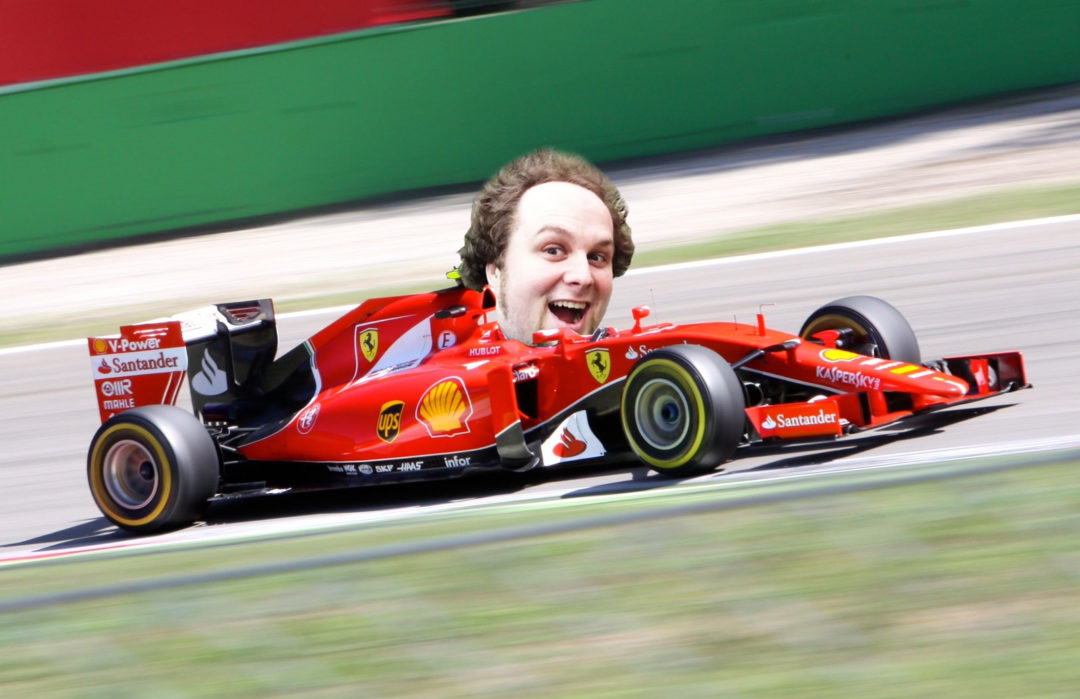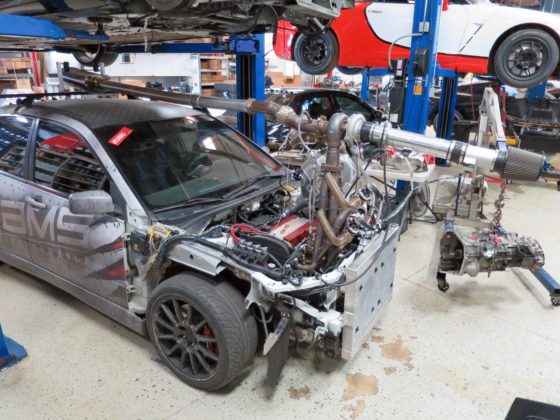How Do The Spaniards Fare?
Spain is Formula 1 crazy and it’s all down to Fernando Alonso. His fast rise to success literally transformed the Formula 1 scene in Spain from apathetic to fanatic overnight. At one point Spain hosted not only the Spanish Grand Prix, but the European Grand Prix in Valencia due to Alonso fever. Spain loves it when Formula 1 is in town and when Alonso wins, the whole circuit goes crazy. Fernando Alonso has not won a Formula 1 race in 5 years. His last point of victory? Spain 2013. It was probably one of his finest wins too: In 2013 the Pirelli tires were difficult to manage (even more so than they are now) and teams would baby their sets through the race, attempting to reduce pit stops. Ferrari and Alonso decided to throw that script out and while most teams went for two or three stops, Alonso did four. He banged out quali laps for most of the race, leaving the Red Bulls, the dominant team of the day, flat footed. In fact it upset Red Bull Racing management so much, they made their first threat to quit the sport (clearly they didn’t).
But that was 5 years ago. Since then, Alonso has fallen out with Ferrari and watched them ascend back to the top of the sport with Sebastian Vettel. Alonso’s struggles with McLaren and Honda since then are well documented, to the point where we saw him in Indianapolis in May 2017 instead of Monaco. In many ways, Alonso has had a star-crossed career, seemingly entering a team, battling through its off-years, then abandoning the project just as the ship begins to right itself. In fact, up until a week before the Spanish race, his win in Barcelona was the last race he had won period, with that streak finally being broken at Spa behind the wheel of a Toyota TS050 (of course by the time you read this, you’ll also know that Alonso has taken home victory in the 24 Hours of LeMans too).
But while Alonso has struggled, another Spanish driver has been making his mark. Carlos Sainz Jr is the son of legendary WRC driver Carlos Sainz Sr, a man with two World Rally championships and two Dakar rally wins to his name. Sainz Jr carries the weight of a big name father, but he has earned his way through the open-wheel ranks and onto the Red Bull Junior program. He has been the anchor to Scuderia Toro Rosso, scoring nearly all of the team’s points in 2017. Sainz and Max Verstappen started in F1 in the same year (2015) and drove the same car. Max easily beat Sainz, but between the two, Sainz is in many ways more impressive. Sure, on pure speed, Max is the clear winner, but Sainz doesn’t have the same breakdowns Max does. Sainz is one of the few drivers in Formula 1 who is willing to set his ego aside and look inside for improvement when a weekend doesn’t go to plan. Sainz is a thinker, while Verstappen is a driver who runs on instinct. In many ways these two mirror Alain Prost and Ayrton Senna some 30 years ago. This is a very apt metaphor as these two could easily see themselves in the same car again: if Daniel Ricciardo leaves Red Bull Racing, Sainz will be immediately promoted to that vacant seat. When they started in F1 in 2015, Verstappen was the shining star stealing the spotlight while Sainz was quietly building a brand of consistency. In 2016 and 17, Sainz showed his maturity level, stepping up to team leader at STR. In 2018 he has to battle another hungry teammate in Nico Hulkenberg, perfect practice for his almost inevitable battle with Verstappen in the future. While Max will likely continue to the be the faster driver, Carlos’s consistency could see him score more points than Verstappen if they end up in the Red Bulls together.

I’ve sort of lost the plot here, but the point is, Spain goes crazy for their two Spanish drivers. One is on the trailing edge of his career (though by now means is Fernando Alonso about to retire), while the other is still growing. It was doubtful either driver would stand on the podium in Spain, but that didn’t stop both drivers from putting on a hard-fought battle in the latter half of the race, culminating in a dual parade lap replete with Spanish flags. This is the kind of fanaticism F1, and indeed all sports, thrive on. And it is what makes the Spanish GP so special: the crowds of adoring fans looking to catch a glimpse of their heroes, no matter where they finish. Compare the fans in Spain to the fans in Baku just two weeks before. While the F1 broadcasts in Spain featured lots of shots of cheering fans, in Baku you would be forgiven if you thought there weren’t any spectators at all! Never once did we see the crowds.
Grosjean’s Mistake
To say Romain Grosjean has had a star crossed year would be putting it mildly. Throughout the first four races of the season, the Haas VF-18 has been arguably the fourth fastest car on the F1 grid. Grosjean and Kevin Magnussen have been able to plant their cars as high as 6th and 7th in qualifying trim, which is a huge gain from their 2017 pace. Sadly, Haas’ lack of experience in F1 continues to show its head. Australia’s qualifying success turned into an utter catastrophe when both cars DNF’ed due to wheels not being properly fitted. The team has fixed their mistakes, but the last four races have shown a rash of driver errors, all of which have handed points to Haas’s title rivals. Both drivers have made major mistakes: Magnussen has had a decent season, but crashed into Pierre Gasly in Azerbaijan and was relegated to 13th with a damaged car. However Magnussen has also scored 100% of Haas’s points and the lion’s share of mistakes have come from the “team leader” of Grosjean. Contact in Bahrain broke the barge boards and caused him to slip out of the points. China was another poor showing, this time Grosjean was only able to muster a 17th place finish despite starting 10th. Then there was Baku: Grosjean was running a comfortable 6th before crashing under the Safety Car. It was entirely possible that he could have stolen the podium during the restart melee had he made it that far. Instead he ended up with another DNF and a zero points score.
And that brings us to Spain. Grosjean has been eviscerated for his Formula Drift impersonation that knocked out both Nico Hulkenberg and Pierre Gasly. To be honest, Grosjean did himself a disservice: he told two completely different stories and the one he gave to the FIA was poor at best. On TV, Grosjean claimed he thought he could put the car into a full spin and get pointed in the right direction again. This seems plausible and is something we’ve seen many times. What was much less plausible is what he told the FIA: in this case Grosjean claimed he thought cutting across the track would be the safest thing to do, despite half the field still coming up the hill.
The media has had a field day tearing apart Grosjean (Autosport’s lead F1 editor claimed he had “no idea what Romain was thinking”) and I feel like this is a bit unfair. 8 seconds elapsed from Grosjean initially getting loose and getting hit by Hulkenberg and Gasly. If we break down the replays, it’s pretty clear to see what Grosjean was actually thinking:





